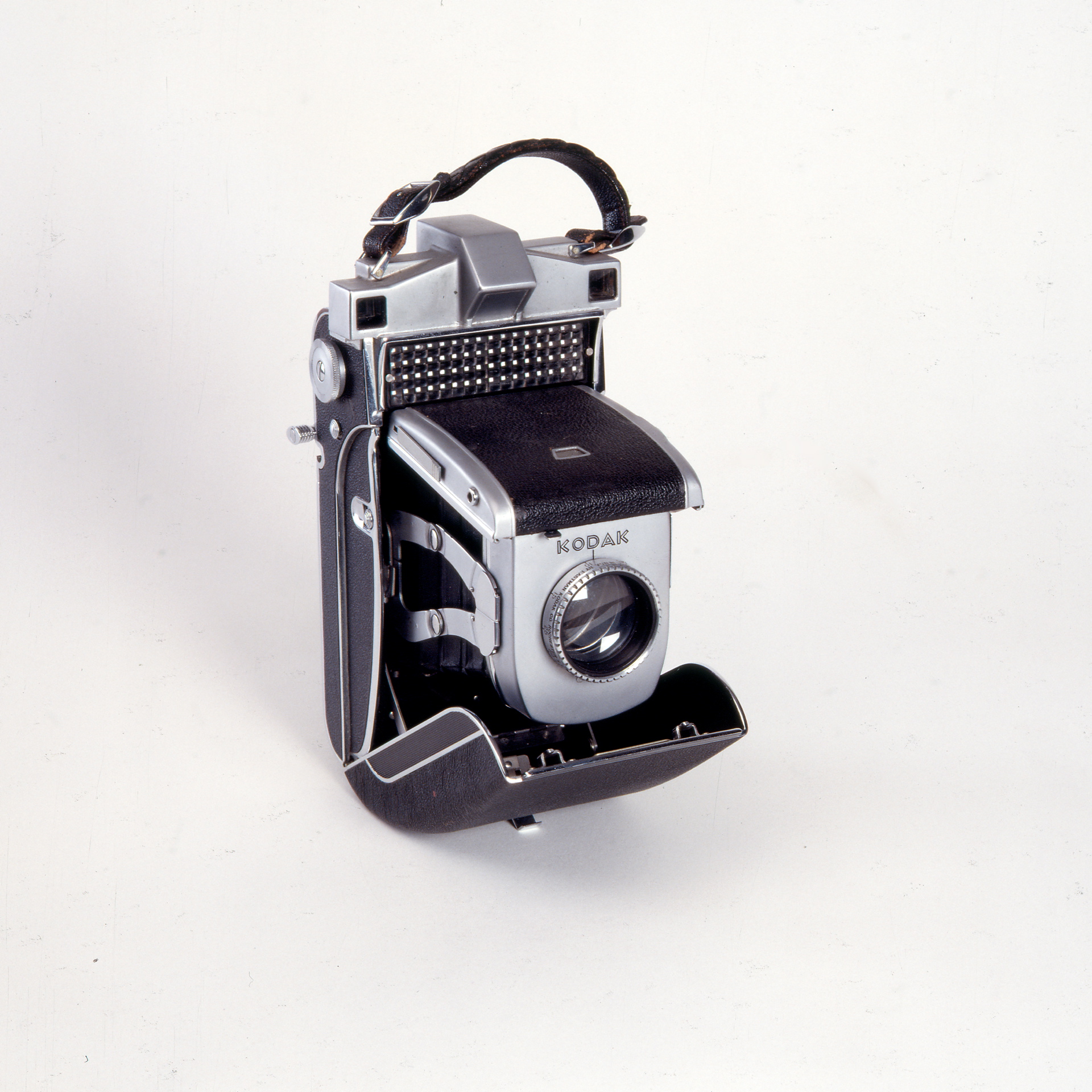Week 12 - 2016

Super Kodak Six-20, 1938 (photo: Andreas Harvik/Preus museum). Property of Preus museum's collection.
Not so super
We often become preoccupied with the icons, those who stand out as special and groundbreaking, who alter the course of history. But there are obviously many blind alleys in history, including the history of photography.
The Super Kodak Six-20 is an example of a camera that neither sold especially well nor became known as effectively functional, in spite of having been designed and manufactured by the era's largest producer of mass-market cameras.
The advanced technology and design meant that the price would be exceptionally high: $225 in 1938, more than a Leica at the same time—something like NOK 30,000 today, or about $4,000 in early 2016, far more when the American dollar was weaker in the past few years. Furthermore people now tend to have much more to spend on luxury items than was the case in the 1930s. So when you had a camera that quite probably needed to be sent back to the Kodak factory for an overhaul—employees there called it "the boomerang" because it kept coming back to the factory for repairs—the road wasn't open to successful sales.
The "clam-design" name refers to how a clam opens (and perhaps uncovers a pearl?). The camera was made until 1944. It's estimated that only 719 Six-20s were produced. Forty years later over 60 million Kodak Instamatics had been sold. So the Super Kodak Six-20 is a rare treasure today, in spite of (or rather because of) such modest popularity in its earlier life.




